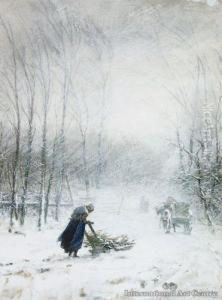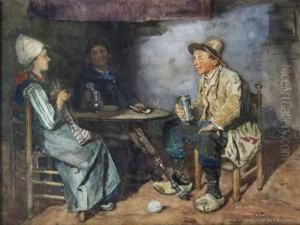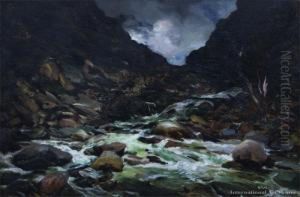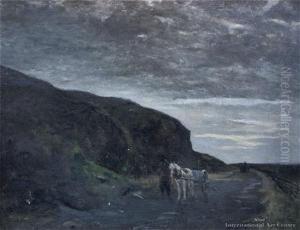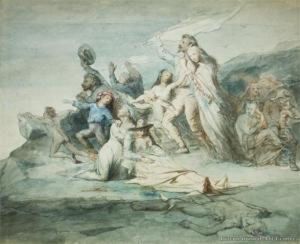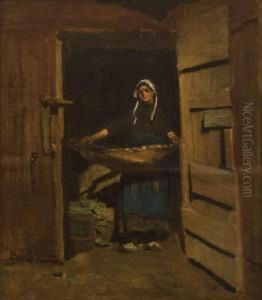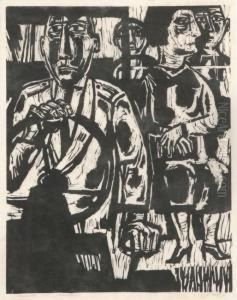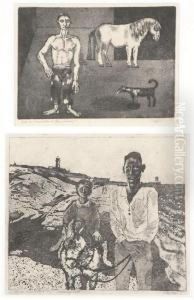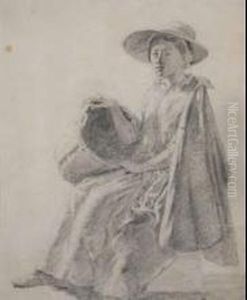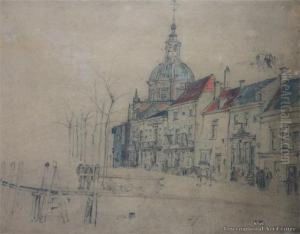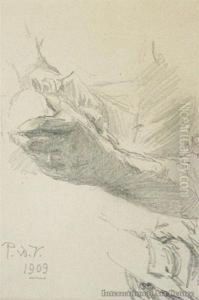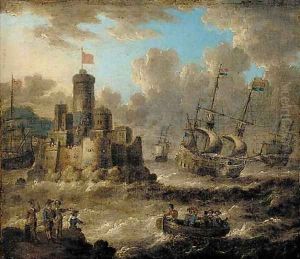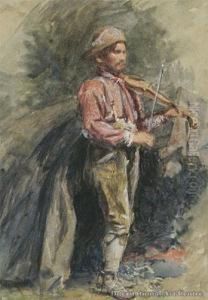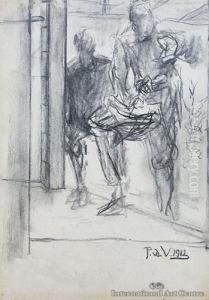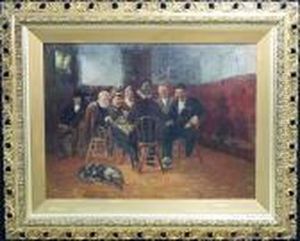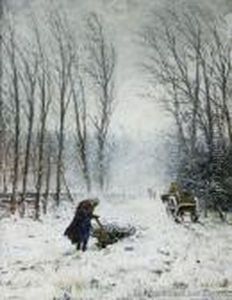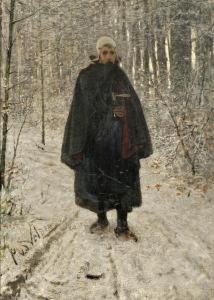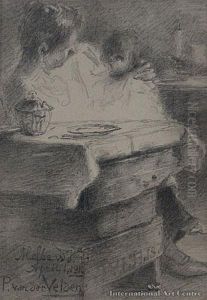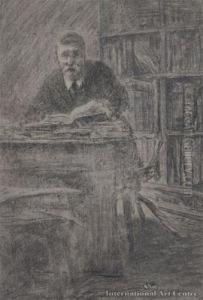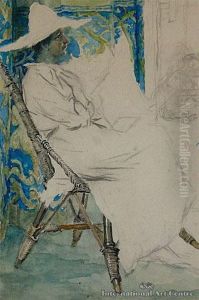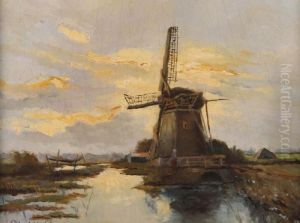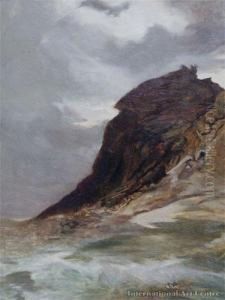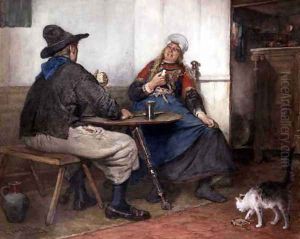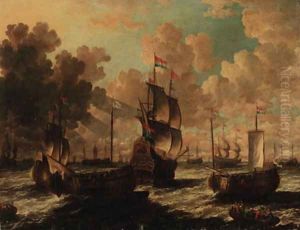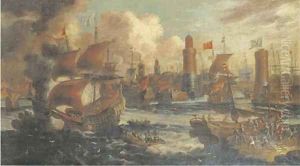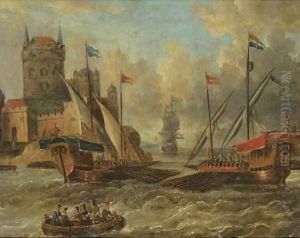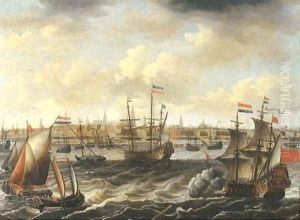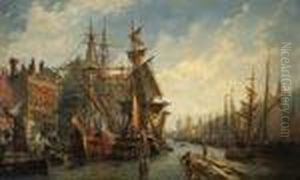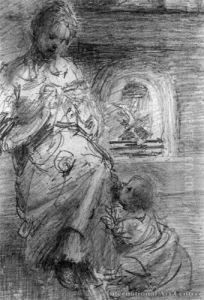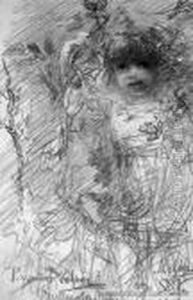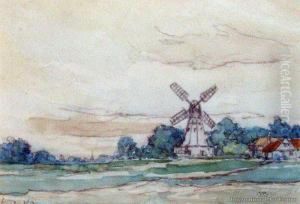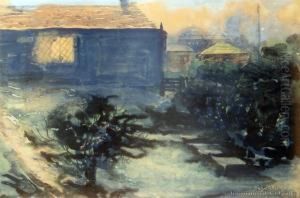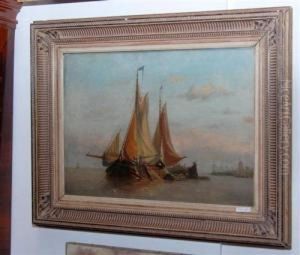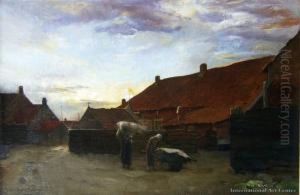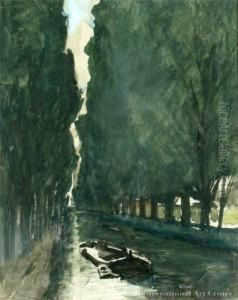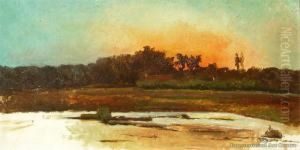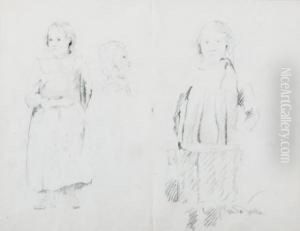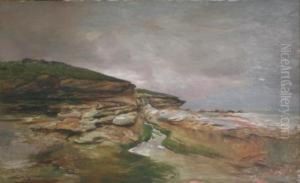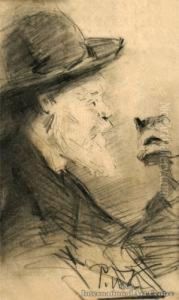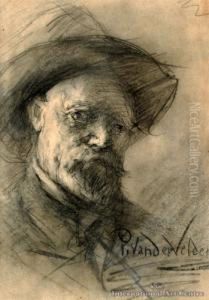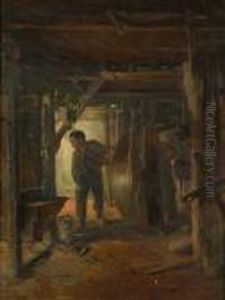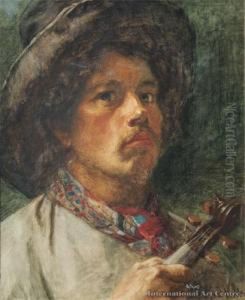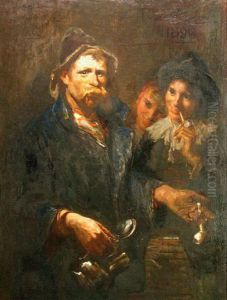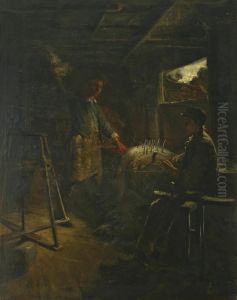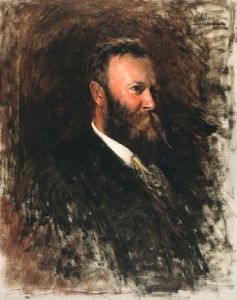Petrus van der Velden Paintings
Petrus van der Velden was a Dutch-born artist who became one of New Zealand's pioneering painters in the late 19th and early 20th centuries. Born on May 5, 1837, in Rotterdam, the Netherlands, van der Velden demonstrated an early talent for drawing and decided to pursue a career in the arts. Initially, he worked in commercial lithography, but he soon turned to painting, studying at the Rotterdam Academy of Fine Arts.
Van der Velden's early work consisted mainly of genre scenes, landscapes, and portraits, which were well received in the Netherlands. However, it was his move to New Zealand in 1890 that marked a significant turning point in his career. In New Zealand, van der Velden was captivated by the unique light and landscape, particularly the Otira Gorge on the South Island, which became the subject of some of his most notable works.
His style, characterized by a dynamic and expressive use of brushwork and a moody, often somber palette, reflected the influence of the Hague School of painters. Van der Velden's depictions of the New Zealand landscape were pioneering in that they conveyed the emotional and spiritual qualities of the environment, rather than just its physical appearance. This approach resonated with audiences and helped establish him as a key figure in New Zealand's art history.
In New Zealand, van der Velden struggled financially but continued to work and exhibit his paintings. He was highly regarded by fellow artists and intellectuals, and he played a role in the development of the local art scene. Despite his financial difficulties, van der Velden's commitment to his art remained unwavering.
Petrus van der Velden passed away in Auckland, New Zealand, on November 11, 1913. His legacy endures through his contributions to the development of a distinct New Zealand art style and his influence on subsequent generations of New Zealand artists. Today, his works are held in high esteem and can be found in major art galleries throughout New Zealand, including the Auckland Art Gallery and the Museum of New Zealand Te Papa Tongarewa.
